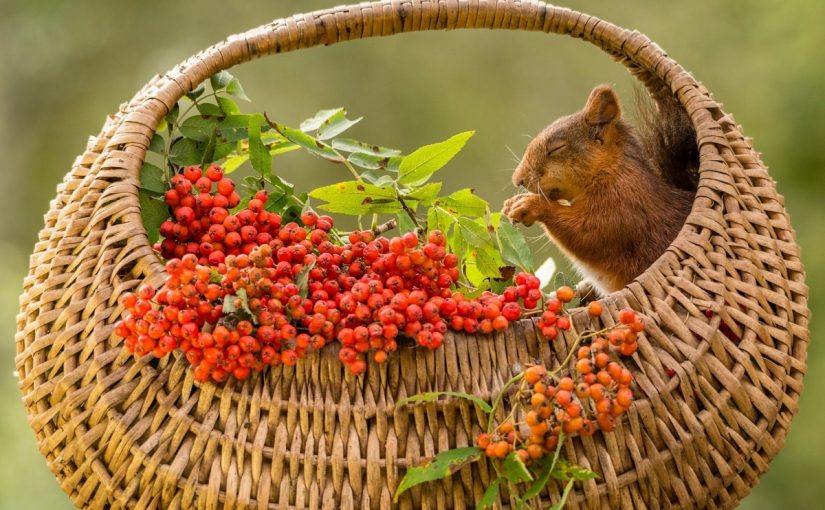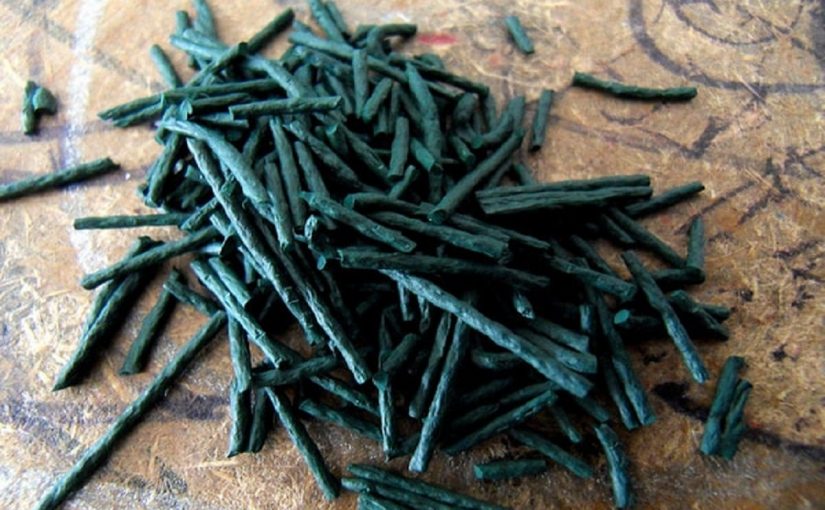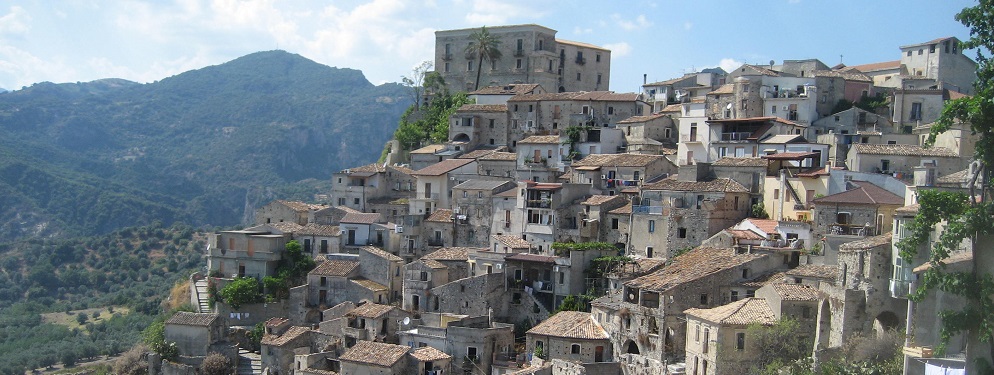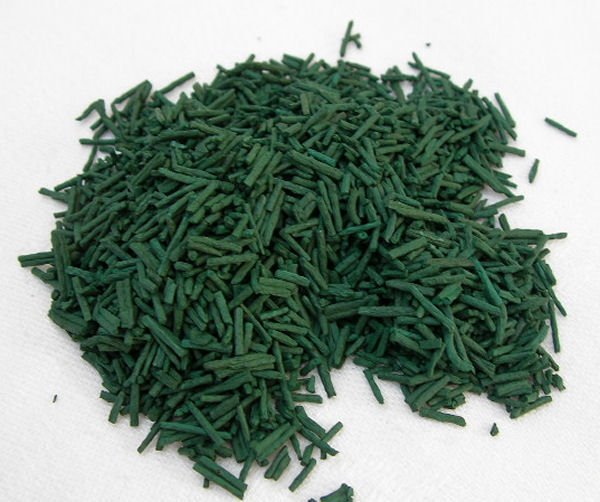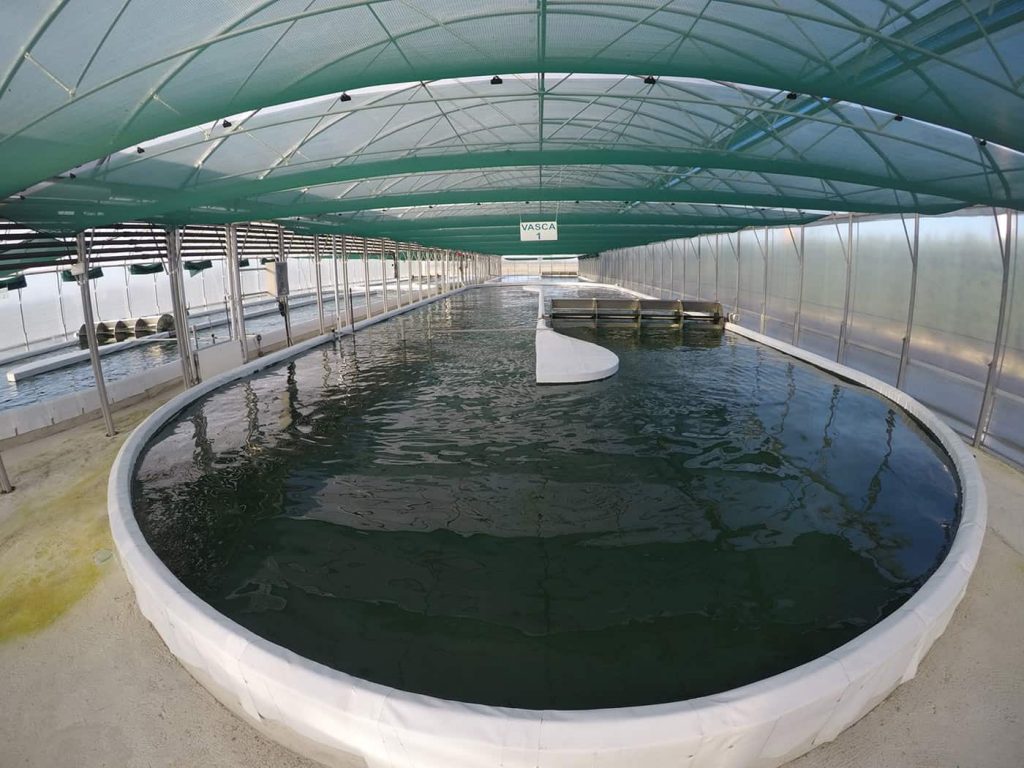28.10.2019
Sorb of Agnana is the fruit of a plant, present since ancient times in Mediterranean Europe, from Spain to Greece, and also in the Asian part of the eastern Mediterranean, in the Anatolian peninsula, present-day Turkey, but, perhaps, it is native to northern Europe.
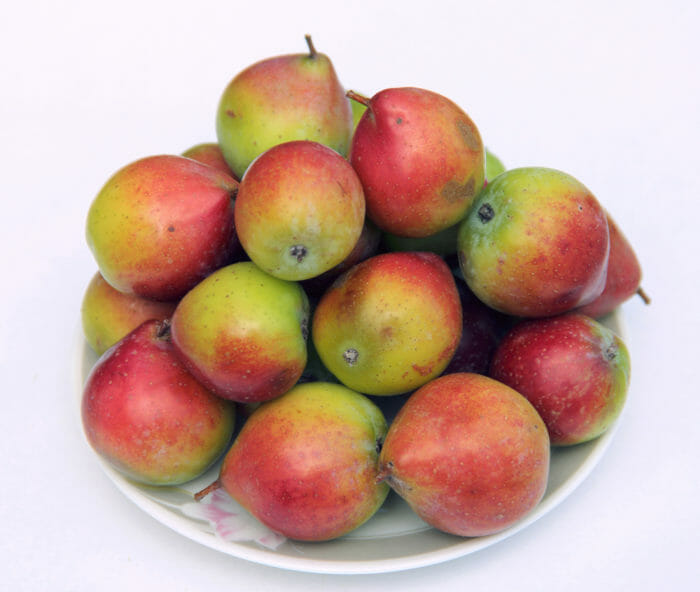
MATURATION AND CONSUMPTION
Its fruits, small, roundish or pear-shaped, are consumed after a short maturation. From the last decade of October to November, is the most suitable period to collect from the rowan its wonderful fruits. Further, the most beautiful, thickest and possibly tastiest sorbs are in the above mentioned village, Agnana, near Reggio Calabria. Herein this fruit is known only to people who have a certain age…
However, at least 50% of the people even in Calabria not only have never tasted it, but they have never seen it either, so that it is often mistaken for a small apple; further, many people naturally do not know the times of his maturation or even the way of eating it.
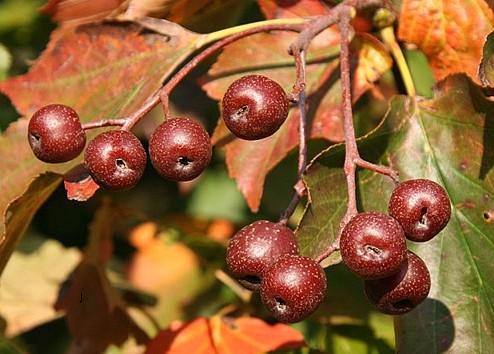
In fact, when the fruits are collect from the plant starting from the end of October, they are placed in a basket, made up of strips of intertwined canes, possibly together with straw, and when they became soft and changed in color, rosé color or deep red or brown, it is the right time to consume them; then they can be brought closer to the lips and sucked, making with the fingers a slight pressure on the fruits. In fact, the peels cannot be eaten, as they are strongly astringent; from them comes out a sweet, creamy, slightly and pleasantly acidic content.

Of course today the rowanberries are eaten in the same way, but they are no longer placed in the baskets of intertwined canes, but rather when they happen to be found by those who know them, they are kept in normal containers.
In fact, this fruit has become very rare, present in some abandoned field, and is little known, so that when someone not informed about the characteristics of the fruit, by looking at a plant, catches just some small fruits and tries to bite them, he receives an unpleasant surprise, savoring something abominable in the mouth and that needs to be spit out.
FEATURES
The plant grows quickly in the first years of life, then very slowly and to reach half a meter in diameter it takes more than a hundred years; fortunately, it grows spontaneously in the Mediterranean woods.
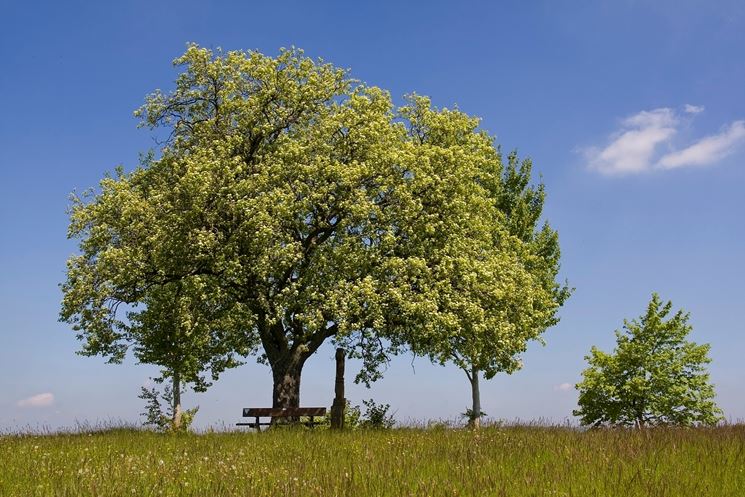
Its tree is compact, very heavy and resistant and has a very regular texture, so it is regularly used to make sculptures, especially saints, but also threaded logs for wine presses. It is not uncommon to find some monumental plant with beautiful fruits, cream-colored and suffused with rosé colors, especially in Agnana, slightly piriform.
Other small plants can be also found between Gioiosa Marina and Gioiosa Jonica, in the property that in the past belonged to the Macrì Barons, which produce fruits of considerable size, cream-colored, but also in Condoianni and in Melia of San Roberto, where can be discovered plants old of centuries…


